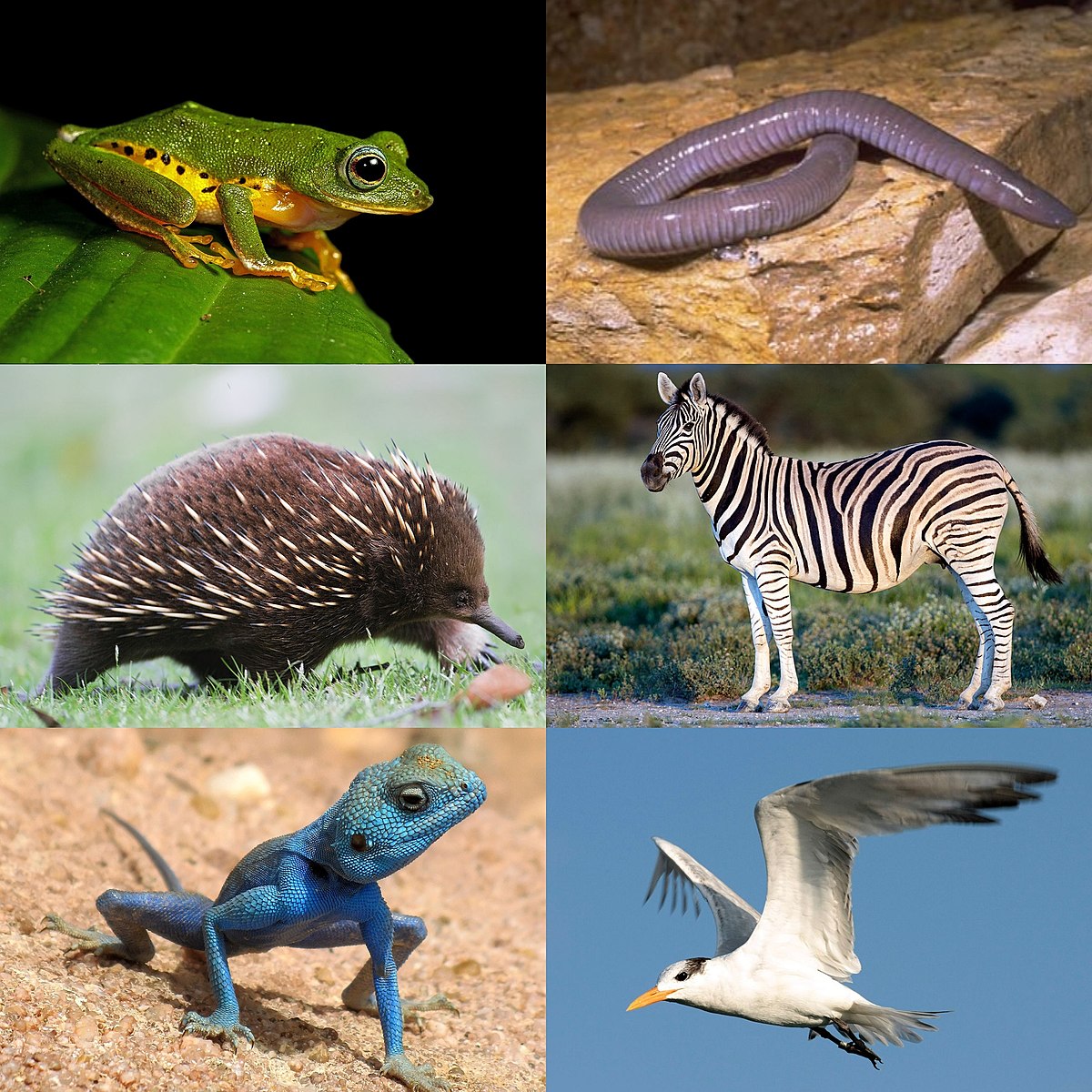MORE
Superclass Tetrapoda: Understanding Its Role

When we think about life on Earth, one of the most transformative evolutionary steps is the move from water to land. This leap gave rise to the superclass Tetrapoda, a group that includes amphibians, reptiles, birds, and mammals—including humans. Without tetrapods, the modern biosphere as we know it would not exist.
The purpose of this article is to explore the role of the superclass Tetrapoda, how it shaped evolutionary history, the benefits it brings to ecosystems, and why it remains a vital subject of study in modern biology. Whether you’re a student, researcher, or simply curious about life’s history, this guide will help you understand why Tetrapoda is such a cornerstone of natural science.
What is Superclass Tetrapoda?
The term Tetrapoda comes from the Greek words for “four feet.” It refers to vertebrates with four limbs (or descended from four-limbed ancestors).
This group includes:
-
Amphibians (frogs, salamanders, caecilians)
-
Reptiles (lizards, snakes, turtles, crocodiles)
-
Birds (all avian species)
-
Mammals (from tiny shrews to humans)
Although whales, snakes, and birds may look different, all belong to this superclass because their ancestors were four-limbed vertebrates that colonized land about 360 million years ago.
Key Features of Tetrapods
1. Structural Adaptations
-
Four limbs with digits (even if modified, as in wings or flippers).
-
Strong vertebral columns to support body weight.
2. Respiratory Systems
-
Lungs for breathing air.
-
In amphibians, both lungs and skin can assist in respiration.
3. Reproductive Strategies
-
Amphibians rely on water for eggs.
-
Reptiles, birds, and mammals developed adaptations like amniotic eggs or internal gestation.
4. Evolutionary Diversity
-
Range from aquatic amphibians to fully terrestrial mammals.
-
Unique adaptations such as flight in birds and echolocation in bats.
Benefits of Superclass Tetrapoda in Ecosystems
Tetrapods are crucial for ecological balance.
Environmental Benefits
-
Amphibians help control insect populations.
-
Birds act as pollinators and seed dispersers.
-
Mammals shape ecosystems as predators, grazers, and engineers (e.g., beavers).
Human Benefits
-
Food sources: poultry, livestock, and fish.
-
Medicine: amphibians and reptiles provide compounds for pharmaceuticals.
-
Cultural significance: Animals feature in art, mythology, and religion.
Key Takeaways:
-
Tetrapods maintain biodiversity and ecosystem stability.
-
They provide resources essential to human survival.
-
They illustrate nature’s capacity for adaptation and innovation.
The Role of Superclass Tetrapoda in the Modern Era
Even today, tetrapods play a pivotal role in shaping both scientific understanding and practical innovation.
-
Evolutionary Biology
-
Studying fossils like Tiktaalik helps scientists trace the transition from water to land.
-
-
Climate Change Indicators
-
Amphibian population declines serve as early warnings of environmental stress.
-
-
Medical Research
-
Genetic studies on mammals and birds contribute to human healthcare advancements.
-
-
Technological Inspiration
-
The study of bird flight has influenced aeronautics.
-
Amphibian skin secretions inspire new antibiotics.
-
Practical Tips for Studying or Appreciating Tetrapods
-
Observe Locally
Visit parks, wetlands, and reserves to see amphibians, reptiles, and birds in action. -
Use Field Guides
Carry illustrated guides to identify species and understand their habitats. -
Engage with Citizen Science
Platforms like iNaturalist allow you to record and share tetrapod observations. -
Stay Informed
Follow research from institutions such as the Smithsonian or National Geographic.
Also Read: Tikcotech: Exploring Its Role in the Digital Era
Personal Experience with Superclass Tetrapoda
I still remember my first encounter with a salamander during a rainy hike. Its delicate skin and slow, deliberate movements left me fascinated. Later, I learned how amphibians like salamanders are critical environmental indicators. That moment transformed my casual interest into a deeper appreciation for tetrapods as a whole.
This personal anecdote reflects what many researchers experience—the realization that tetrapods are not only fascinating creatures but also essential keys to understanding the health of our planet.
Conclusion
The superclass Tetrapoda is one of the most influential groups in evolutionary history. From amphibians to mammals, it represents adaptation, diversity, and resilience. Tetrapods are central to ecosystems, invaluable for human survival, and inspiring for science and technology.
FAQs
What is the superclass Tetrapoda?
Tetrapoda includes all vertebrates with four limbs or descended from four-limbed ancestors, such as amphibians, reptiles, birds, and mammals.
When did Tetrapods first appear?
They emerged around 360 million years ago during the Devonian period.
Are humans part of Tetrapoda?
Yes, humans belong to the mammalian class within Tetrapoda.
Why are amphibians considered environmental indicators?
Because of their permeable skin and reliance on both land and water, they are highly sensitive to environmental changes.
How does Tetrapoda impact modern science?
Research on tetrapods influences evolutionary studies, medicine, biotechnology, and climate science.
Do all tetrapods have four visible limbs?
Not always—snakes, whales, and some amphibians have lost or modified limbs but are still classified as tetrapods due to their ancestry.
What is the significance of the amniotic egg?
It allowed reptiles, birds, and mammals to reproduce away from water, expanding life into diverse terrestrial habitats.

-

 BUSINESS3 months ago
BUSINESS3 months agoGrow Your Audience with USA Instagram Followers
-

 TECH3 months ago
TECH3 months agoFreedom Forever Solar Reviews Explain How Conversational Intelligence Turns Customer Interactions into Insights
-

 HEALTH3 months ago
HEALTH3 months agoExploring the Best Cannabis Product Options for Every Lifestyle
-

 BUSINESS3 months ago
BUSINESS3 months agoOn the Frontlines of Conservation: The Role of Tracker Academy Graduates in Anti-Poaching